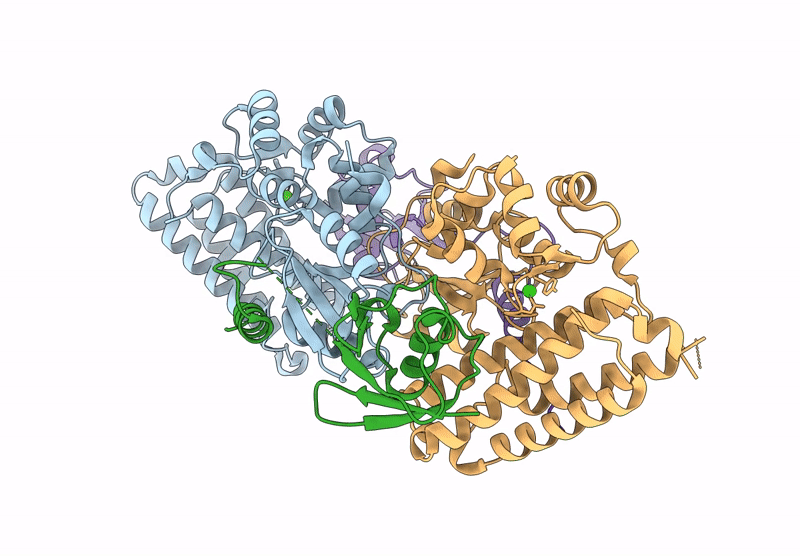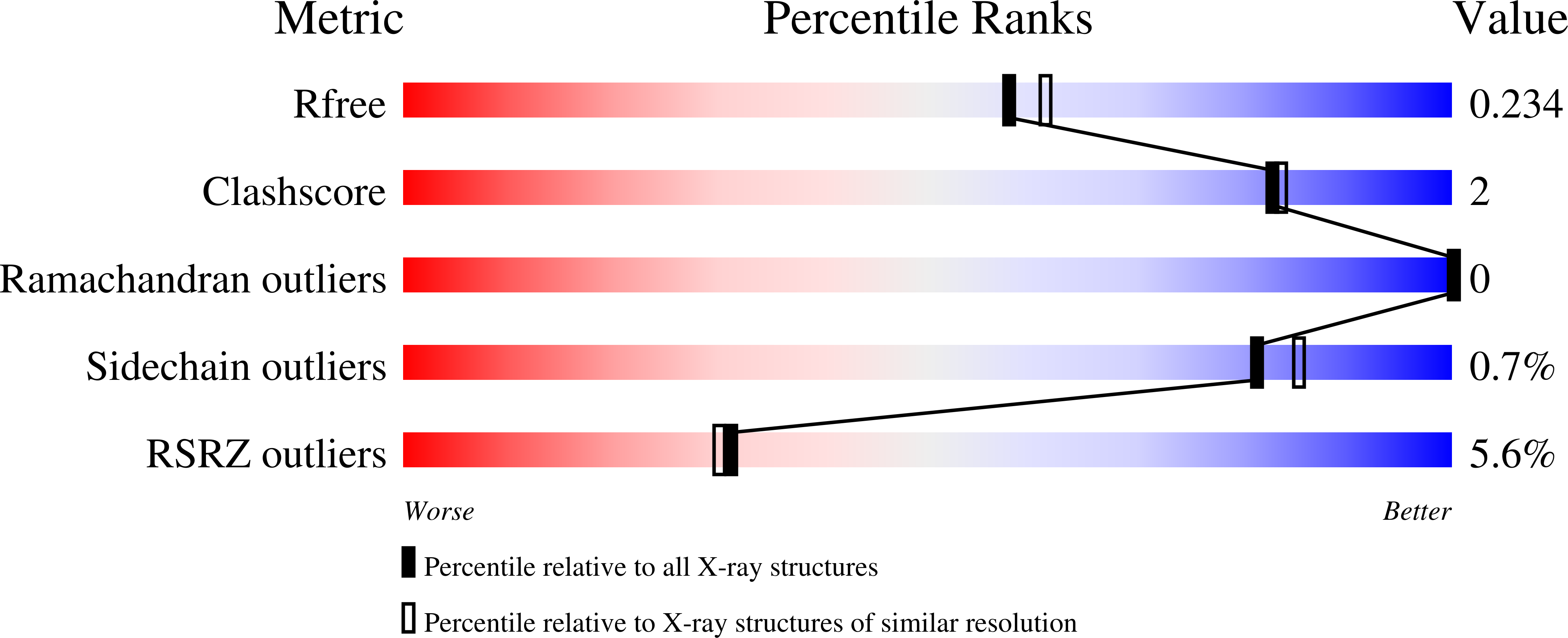
Deposition Date
2024-03-25
Release Date
2025-05-14
Last Version Date
2025-08-20
Method Details:
Experimental Method:
Resolution:
2.02 Å
R-Value Free:
0.22
R-Value Work:
0.17
R-Value Observed:
0.18
Space Group:
P 1 21 1


